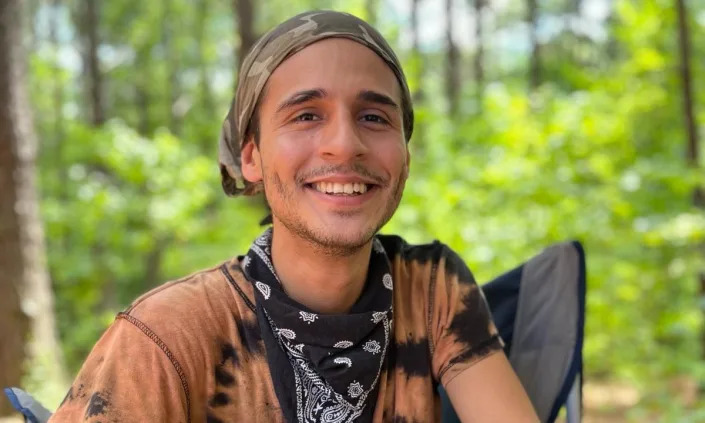Ukrainian Defense Ministry overpays for food, reports Ukrainian media

According to the media, the Ministry of Defense purchases products for the military at inflated prices
The newspaper obtained a copy of a Defense Ministry's agreement worth UAH 13.16 billion (about $360 million) for catering services for military units located far away from the front line, in particular in Poltava, Sumy, Kyiv, Zhytomyr, Chernihiv and Cherkasy oblasts.
Read also: Cabinet appoints new acting head of state producer of alcohol products
The agreement was signed on Dec. 23.
Zerkalo Tuzhnia compared the prices stated in the contract with the prices in Ukraine's Silpo supermarket chain. They discovered that the most common items were overpriced by two to three times.
For example, the MoD purchases eggs at the price of UAH 17 ($0.46) per egg, while retail prices in Kyiv's supermarkets is about UAH 7 ($0.2) per egg.
Potatoes are bought for UAH 22 ($0.6) per kilogram, while it can be bought at a price of UAH 8-9 ($0.25) per kilogram at a regular shop.
Read also: Serbian Defense Minister confirms presence of “defense industry products” in crashed plane
Meanwhile, chicken thighs were purchased at UAH 120 ($3.27) per kilogram, while average retail prices cost about UAH 80 ($2.18).
The newspaper noted that these price comparisons were only for retail – wholesale prices would be even lower.
The Ministry of Defense is yet to respond to the newspaper's request on the matter. The agreement on catering is much wider than just food purchase, but those costs are described separately.
Read also: Russia continues to export oil products to Europe, evading EU ban – Skhemy
"If one wades through the document, they will see that catering service is specified separately with the cost of UAH 30 million ($820,000) that is about 0.2% of the total contract value, not even 2%," the newspaper emphasized.
The MoD signed the contract worth UAH 13 billion with Active Company LLC, a company with registered assets worth UAH 1,000 ($27).
Read also: Russians stealing metal products from Mariupol to send to Russia
In 2021, the tax service revoked this company's VAT payer certificate due to lack of deliveries and failure to report taxes.
In 2019, Active Company LLC was involved in a criminal investigation where the National Police suspected the firm of submitting a fake certificate for a tender for the supply of beef for prisons and pre-trial detention centers in Ukraine.
The government’s response to the scandalous news
The Ukrainian parliament has already responded to the investigation. Mariana Bezuhla, a Ukrainian MP and deputy chairwoman of the Committee on National Security, Defense, and Intelligence, wrote on Facebook that the "problem isn't limited with the food purchase alone".
"An inspection of the Ministry of Defense is currently being conducted by the State Audit Service of Ukraine, as well as by the police,” she said.
“We are expecting their conclusions. Our MoD has done a lot during the war time of 2022. But there are also some omissions, and even more so the risk of corruption has to be addressed.”
Later, she reported that the leadership of the Ministry of Defense is expected to provide an explanation to the committee for this contract.

ZN.ua
Read the original article on The New Voice of Ukraine














